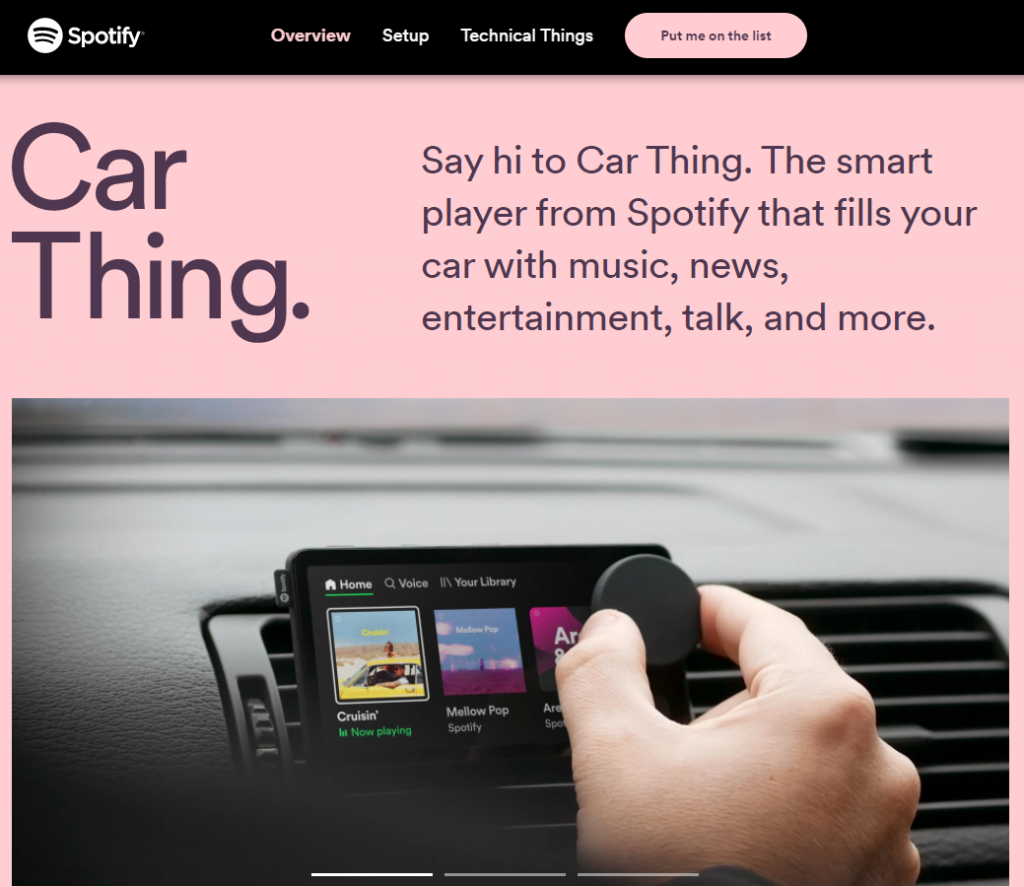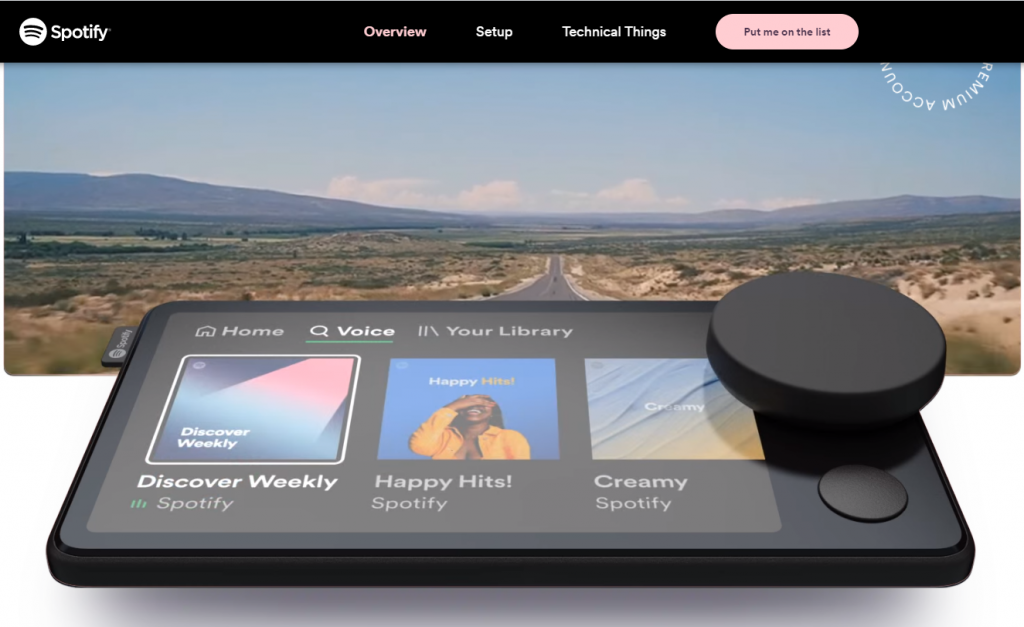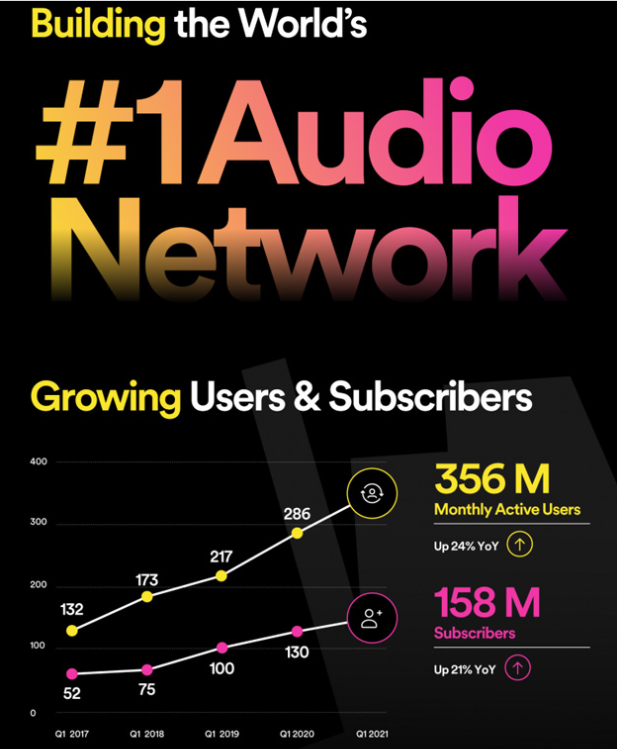Released in a free edition, thanks to a collaboration with the EBU, the study produced by RAI’s research office, where experts, professors and researchers of different nationalities draw the future of radio
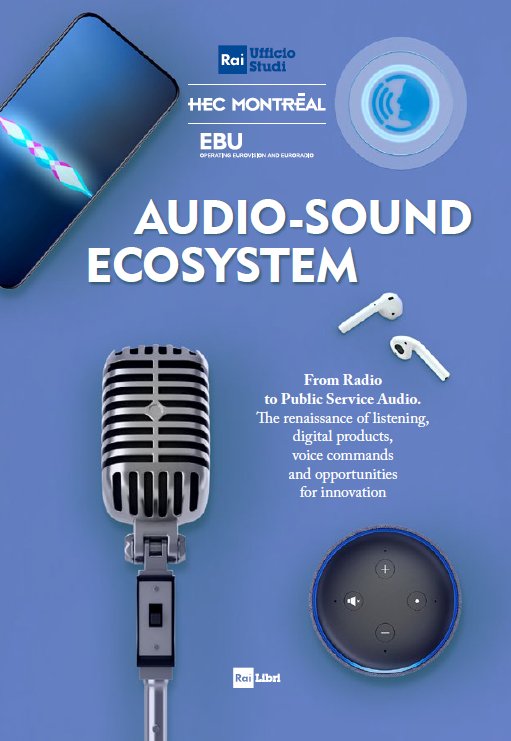
Source
Presented on March 29, 2023, in Rome, at the Universi Sonori conference, Audio-Sound Ecosystem is the English summary of the volume Audio-Sound Ecosystem published in July 2022 by Rai Libri, the publishing division of Italian public radio and television. Italian and European experts, professors, and university researchers shared their perspectives on their areas of expertise, drawing future scenarios of the radio and audio landscape in Europe and North America (USA and Canada). Collaboration with the EBU-European Broadcasting Union (an association representing various public and private operators), made it possible to produce an English summary of the publication (230 pages, compared to 512 in the original) to make it available to the entire industry. The book can be downloaded for free at this link.
The competition is getting tougher and tougher
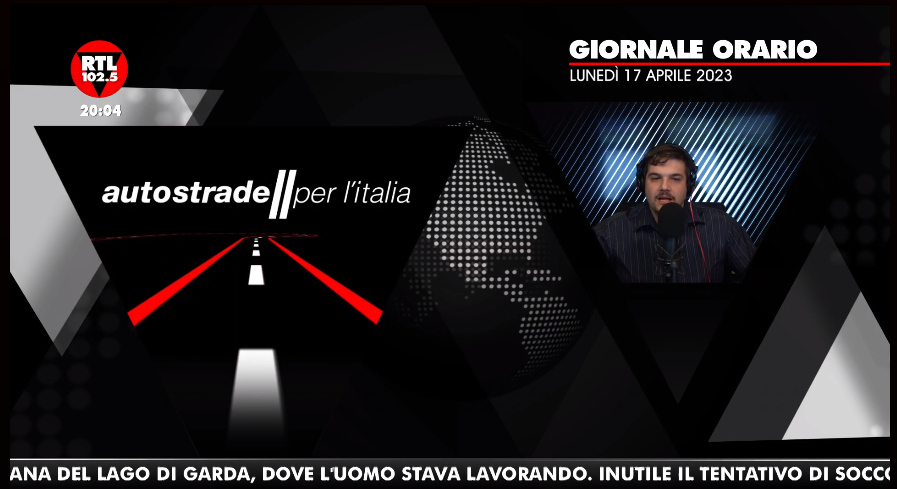
Source
Although radio is the most listened-to source of sound (over 50% of daily listening time, in Europe and North America), it must evolve to respond to competition from increasingly sophisticated audio products. It knows how to stand up for reliability and authority: ingredients that during the pandemic have allowed it to maintain important listening shares, and combined with the ability to entertain that have allowed it to consolidate a strong bond with audiences bombarded by bad news. And for years it has also innovated, creating a new editorial product, radiovision, which in Italy and Belgium has been developed in an original and more mature way. However, the situation is different in France (where it remains unconvincing in terms of ratings) and the United States (which does not consider it fundamental) or Sweden (which has excluded it from its strategies).
The big players
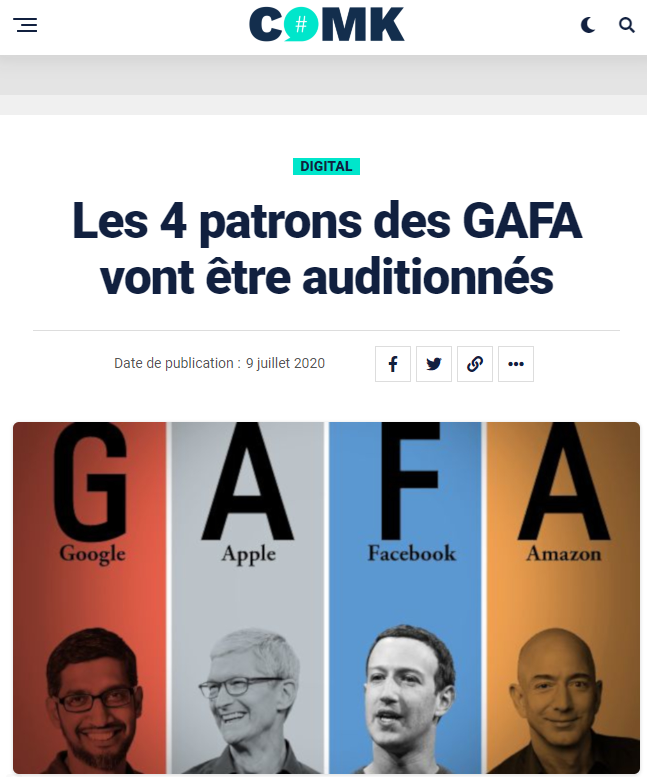
Source
But the challenge coming from the network giants (Google, Apple, Facebook, Amazon) is insidious: these platforms, which act as intermediaries between the public and radio stations, structure their offerings based on the enormous amount of information collected from users. To counter them, operators need more effective and detailed listening detections that deepen the knowledge of their audiences, and new professionals who can make information adapted to the digital challenge: streamlined but dense and producing a positive feeling. Network presence can be leveraged to increase notoriety, but there is a risk of losing control of programs, so much so that major broadcasters are creating proprietary platforms to establish direct contact with audiences.
Podcasts and streaming
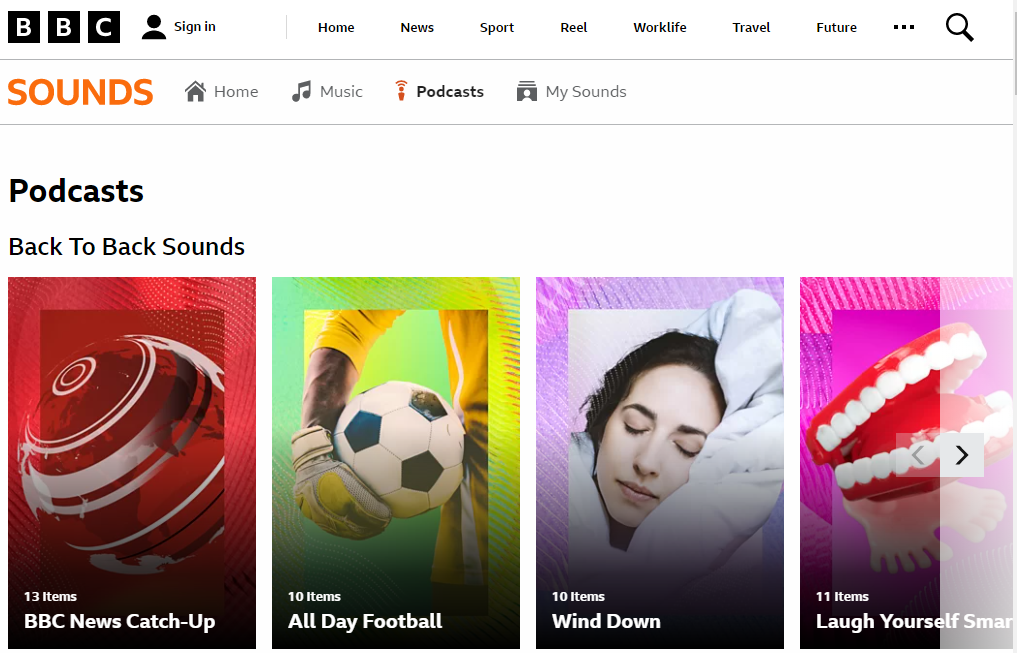
Source
In the (steadily growing) podcast industry, radio stations are prominent publishers, particularly in Europe, which allows them access to a younger audience, including children and Generation Z. However, the music streaming market is highly competitive, with platforms witnessing increasing consumption among the 16-34 age group. This demographic is gradually shifting away from radio, though the pace of this trend varies across different countries. Despite the challenging market conditions, leading broadcasters like BBC and Radio Canada are taking measures to counter the trend by launching their proprietary platforms.
Changing modes of listening

https://open.spotify.com/
If the car today is the main listening space for radio, it is increasingly undermined by other media, accessible from the infotainment system. And when all cars are connected, it will have to contend with Google, Apple, Amazon, and Spotify. To meet the challenge of mobile listening, the main weapon is digital radio (DAB+ or HD Radio in the United States), which with its improved sound quality allows it to keep up with technological innovations, such as those in sound reproduction (spatial and immersive) from Apple and Sony and which will innovate fiction and other areas of entertainment. Regarding home listening, smart speakers will supplant traditional receivers: EBU research estimates that 60 percent are already being used to follow radio. To take advantage of this trend, some broadcasters are making specific and often interactive programs specifically for these listening devices.
(Written by Fabrizio Carnevalini)

